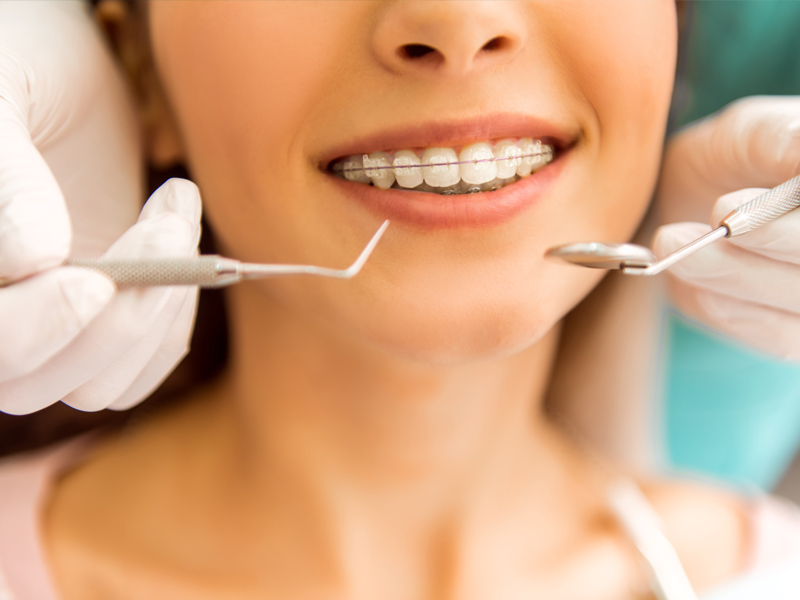Before we delve into what dental malocclusion is, we need to know what an occlusion is. Occlusion is the alignment of the teeth and the way the upper and lower arches fit together, often referred to as the bite. When teeth are well aligned, well spaced and straight, they are said to be in correct occlusion.
Malocclusion therefore occurs when teeth overlap when biting, the tips of the upper molars do not fit well into the gaps of the lower molars or the dental midline is deviated.
In addition to the obvious detriment to the aesthetics of your mouth, malocclusion also affects your chewing, and therefore your digestion, as well as your speech.
Each malocclusion has a different origin, although in general in our dental clinic in Malaga we have detected genetic and/or environmental factors as the main cause of malocclusion. In order to diagnose that this problem exists, it is necessary to visit a specialist in orthodontics such as those at Gross Dentistas Dental Clinic. We will carry out a detailed analysis to establish the most appropriate orthodontic treatment in each case.
These are the main types of dental malocclusion
Sagittal malocclusions
This type of malocclusion is classified according to the position of the permanent molars in the anterior-posterior direction. We find, therefore:
Class I occlusion: where the bite is normal and good but some lower teeth are slightly forward in relation to the upper teeth.
Class II malocclusion: where the upper dental arch is advanced in relation to the lower dental arch in the canine and molar.
Class III malocclusion: where the lower dental arch is advanced in relation to the upper dental arch and may be due to a dental or skeletal origin.
Vertical malocclusions
This type of malocclusion is characterised by the absence of contact between the upper and lower teeth. We find, therefore:
Overbite: belongs to type II malocclusion where the upper teeth exceed the lower teeth by more than half when biting.
Edge to edge bite: the contact between the incisors is edge to edge.
Open bite: here the upper and lower teeth do not touch and there is a gap between them. Here the age of the patient suffering from the malocclusion will establish the type of orthodontic treatment to be given.
Transverse malocclusions
These malocclusions consist of alterations in the width of the jaws or anomalies in the inclination of the teeth. We find, therefore:
Crossbite: here the upper teeth are inside the lower teeth and only occur because the jaws are narrow. Crossbite can be unilateral or bilateral. A unilateral crossbite is usually associated with a deviation of the midline to one side, while a bilateral crossbite is not associated with any deviation.
Scissor bite: the cusps of the upper molars are outside the lower molars unilaterally.
Treatments for malocclusion in our dental clinic
As mentioned above, malocclusion is corrected with orthodontics. The type of orthodontic treatment chosen depends on the age of the patient and the state of the mouth.
Thus, for example, if the dental malocclusion occurs in a child, interceptive orthodontics can be applied. But if the patient is an adult, corrective orthodontics will be applied. In cases where the patient is an adult and the dental malocclusion is of skeletal origin, orthognathic surgery may be necessary.
In our dental clinic in Malaga we have several types of orthodontics: aesthetic orthodontics, lingual orthodontics, Invisalign clear aligners and braces.
To find out which treatment is the most suitable for your malocclusion, make an appointment with us.
Ortodoncista especializada en el sistema de ortodoncia invisible, extensa trayectoria profesional y un gran número de pacientes satisfechos con los resultados obtenidos tras la finalización de su tratamiento.


